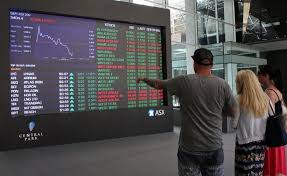Iron Ore Makes Modest Gains in Down Market
 Though still at a greatly lower price than it was before the beginning of the collapse of commodity prices last year, iron ore this week climbed to a three-month high. The modest price increase occurred in spite of negative projections for the future of iron ore as developing economies continue to struggle.
Though still at a greatly lower price than it was before the beginning of the collapse of commodity prices last year, iron ore this week climbed to a three-month high. The modest price increase occurred in spite of negative projections for the future of iron ore as developing economies continue to struggle.
The 8 percent gain, which occurred over the course of the past week, brought iron ore to a high of $47.14 on Thursday. The climb was much larger than any iron ore has seen since November, though it did not restore it to the prices that the material had previously held. Like many commodities, iron ore was badly damaged by the collapse of commodity markets following the economic downturn in China in 2015. Lack of demand for industrial steel in China and other emerging market economies has caused it to remain at a consistently lowered rate since mid-2015.
It was, however, a mild improvement in these conditions that allowed iron ore to make the rapid 8 percent jump during the past week. On the demand side, Chinese steel manufacturers have been increasing production in past weeks, resulting in increased demand. This move happened to come at the same time as many mining firms have slowed production of iron ore, based on long-term low profitability over the months of decreased prices. These two events have combined to rally the price, if only slightly.
While the newly increased price of iron ore is a modest gain, it does demonstrate that the raw material will grow as developing economies begin to get back on track for growth targets. Industrial steel is expected to find increased use in countries such as India and South Africa, which require vast infrastructure projects in order to bring their economies into full production. While lessened, demand in China is also expected to support the price of iron ore, as the country is still using large amounts of the metal, even in its current economic condition. Iron ore, along with many other raw metals, is likely to make a comeback as new markets emerge, but the process is unlikely to be swift.